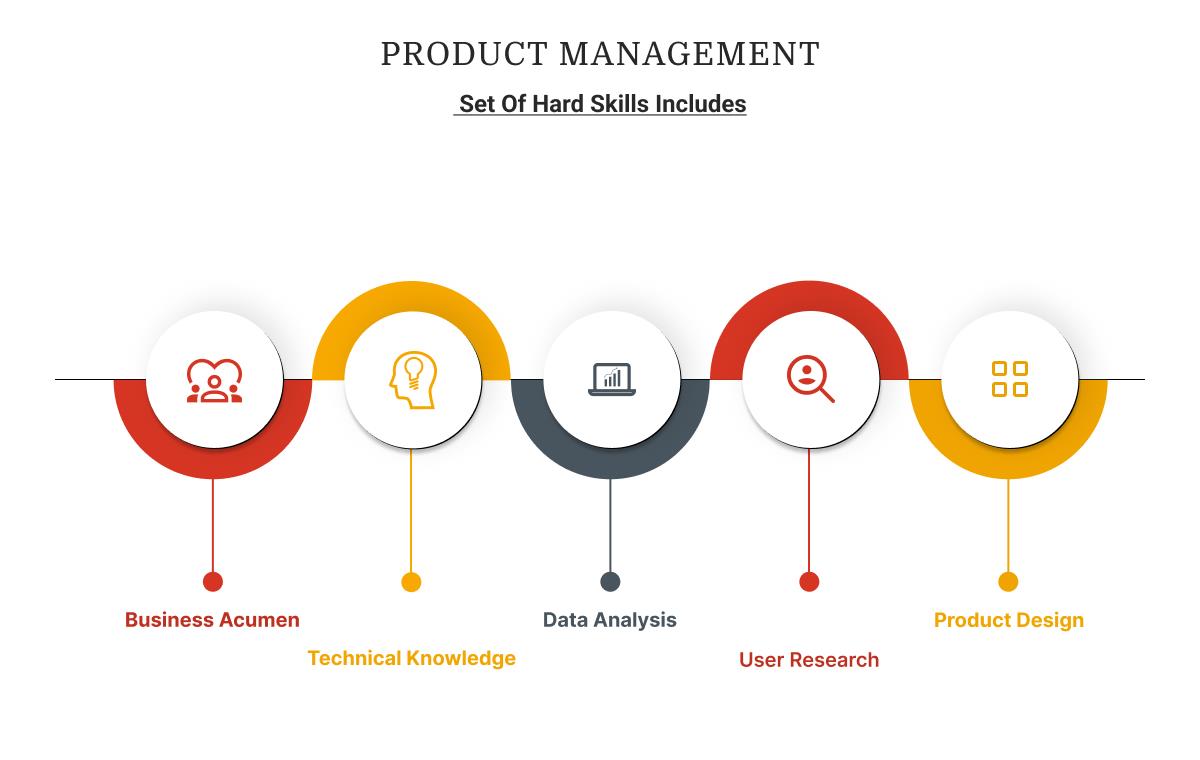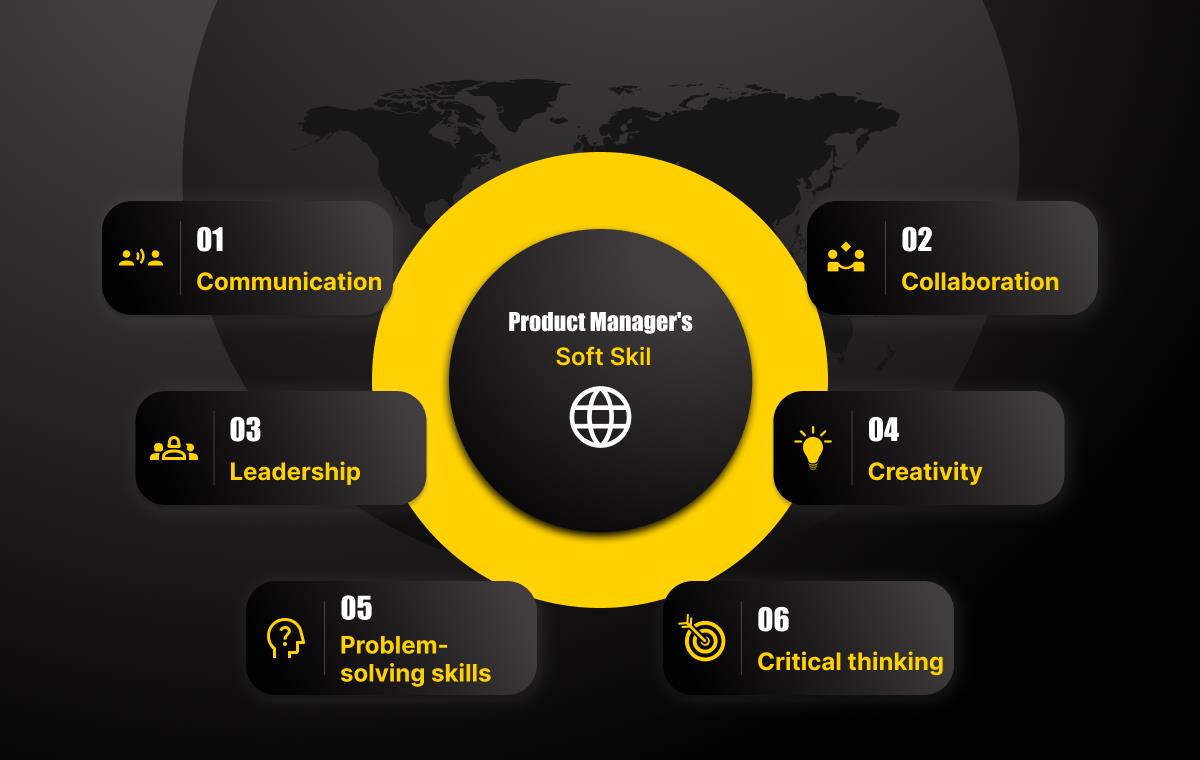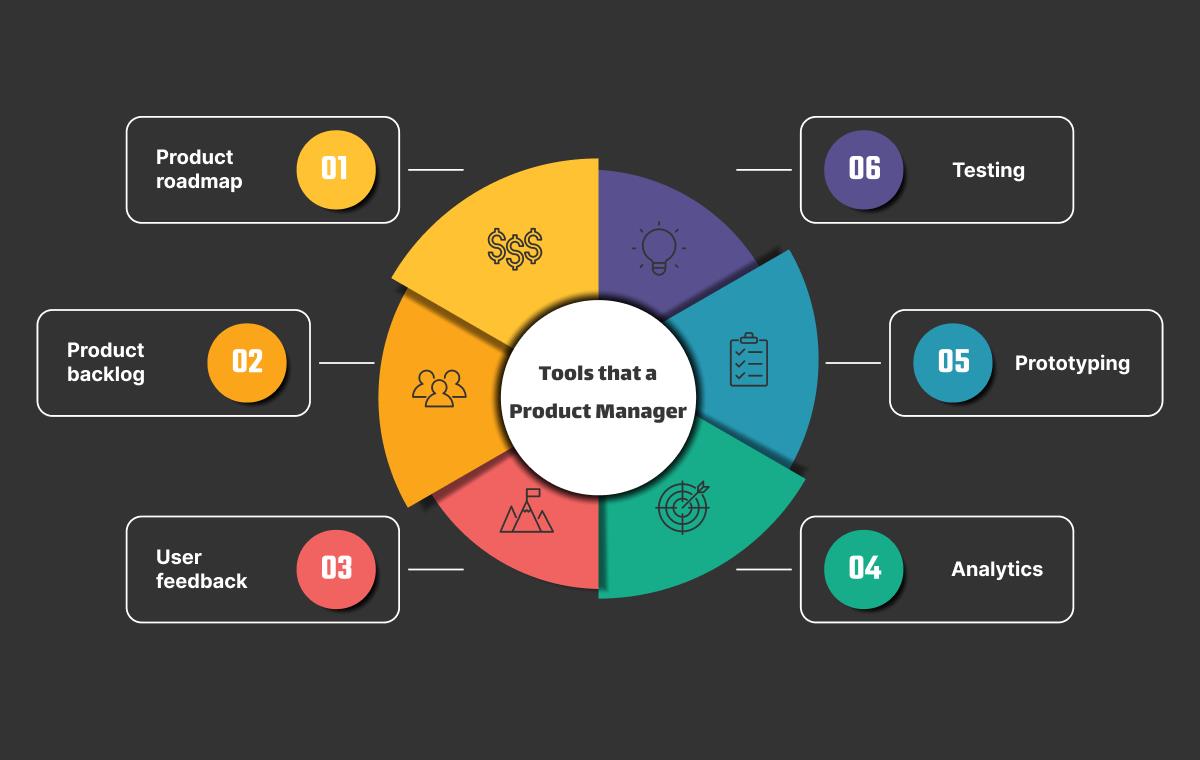In business, “product management” refers to the process of conceptualizing, creating, releasing, and overseeing a product or service. Every stage, from conception to final release, is included in this lifespan. Any business that cares about satisfying its clientele and expanding its market share must prioritize product management.
- This article will cover the below topics:
- Product management and its Importance.
- Essential Functions of Product Managers.
- A glance at expertise and resources for Product Management.
- An Overview of effective methods and models of Managing Products.
Product management and its importance
Management of a product or service from its inception through its distribution to customers is known as product management. A product’s fate is determined by its product manager. In their role as PM team leader, they coordinate efforts across departments to produce a product that serves both the company’s and the consumer’s interests…
- For businesses, the benefits of good product management include:
- Recognize client difficulties and resolve them.
- Develop something that clients will find useful and enjoyable.
- Market conditions should be adapted to your offerings.
- Minimize waste and set features in order of importance.
- Apply hypotheses and expectations through their paces.
- Track product metrics in order to boost performance.
- Quicken the pace of innovation and refinement.
Essential Functions of Product Managers
To Determine the Product’s purpose and scope is the most important function of a Product manager’s job. They are responsible for marking sure that any new items or features comply with both customer’s and the company’s goals.
- A product manager’s primary responsibilities include:
- Establishing Product Success Metrics.
- Recognizing customer demands and communicating them to the development team.
- Collaborating across disciplines, such as engineering, design, and marketing, to define and implement a product strategy.
- Improvement or expansion of a product by studying the market and related data.
- Evaluating the Product’s Success.
- Product innovation testing and analysis.
- Competitor analysis on regular interval.
A glance at expertise and resources for Product Management
Hard and soft skills, as well as a toolbox full of strategies, are needed for successful product management…

- A product manager’s required set of hard skills includes the following:
- Business acumen: Having business acumen means being familiar with the product’s target audience and the company’s overall objectives.
- Technical knowledge: Expertise in the technical characteristics of a product, including its construction, features, restrictions, etc.
- Data analysis: In order to make educated judgements and accurately gauge results, it is necessary to possess the skill of data analysis.
- User research: Understanding user requirements, preferences, and behaviors may be gleaned through user research methods including interviews, questionnaires, and usability testing.
- Product design: The capacity to define and explain a product’s user experience through the development of user personas, user stories, wireframes, prototypes, etc.

- A product manager’s soft skill set includes:
- Communication: It is an ability to convey ideas and information clearly and effectively to a wide range of audiences, including clients, managers, programmers, designers, marketers, and other business professionals.
- Collaboration: Working effectively with others and encouraging teamwork across departments and roles is an example of collaboration.
- Leadership: It is the capacity to get other people excited about and working towards a common objective.
- Creativity: The capacity to think of and implement novel approaches to solving customers’ problems.
- Problem-solving skills: being able to recognize, investigate, and address challenges encountered in creating a product.
- Critical thinking: It is the capacity to reason through problems and arrive at reasonable conclusions based on available evidence.

- Some of the tools that a product manager uses are:
- Product roadmap: A product’s vision, goals, strategy, timeframe, and deliverables.
- Product backlog: Feature and task lists for a product.
- User feedback: Comments from consumers about a product or service.
- Analytics: Tools that measure and report on a product’s usage, engagement, retention, revenue, etc.
- Prototyping: Modeling a prototyping product or feature before building it.
- Testing: Checking a product’s or feature’s functionality and usability before release.
Product management best practises and frameworks
Product management isn’t one-size-fits-all. Different teams and products may require different methods. However, common best practices and frameworks can assist product managers improve results…
- Some of the best practices for product management are:
- Start with the customer: ‘Begin with the customer’ Put the consumer first in all you do. Use their requirements, wants, pains, and gains to guide your product choices.
- Problem definition: Before solving the customer’s problem, make sure you have a clear and explicit problem description.
- Test your hypotheses: Don’t depend on your feelings or opinions. Test your theories with client data and feedback.
- Prefer quality: Give your clients and company the greatest value. Use the RICE model or MoSCoW technique to prioritize your features or tasks by impact, effort, confidence, and urgency.
- Repetition and refinement: Don’t expect perfection the first time. Always look to learn and enhance your product based on customer feedback.

- In product management, some common frameworks include:
- Agile: Agile is a development approach that values teamwork, attention to detail, and frequent feedback from customers. The four ideals and twelve principles that make up the Agile Manifesto serve as the foundation for agile product management.
- Lean: Lean is a concept with the dual goals of minimizing waste and increasing efficiency. The foundation Build, measure, learn is the Lean Startup methodology of lean product management.
- Design thinking: putting end users’ needs first when solving problems. Empathise, define, ideate, prototype, test—design thinking product management has five steps.
Conclusion:
Product management is a dynamic and lucrative industry that necessitates a broad set of skills and resources to succeed in. By following the product management process and utilizing the best practises and frameworks in the industry, you can create products that serve your consumers and advance your business. Anyone curious about product management or hoping to one day work in this field can benefit from reading up on the topic.
All product and company names are trademarks™, registered® or copyright© trademarks of their respective holders. Use of them does not imply any affiliation with or endorsement by them.




 Insurance
Insurance























